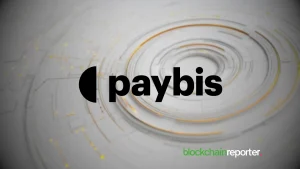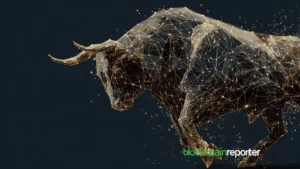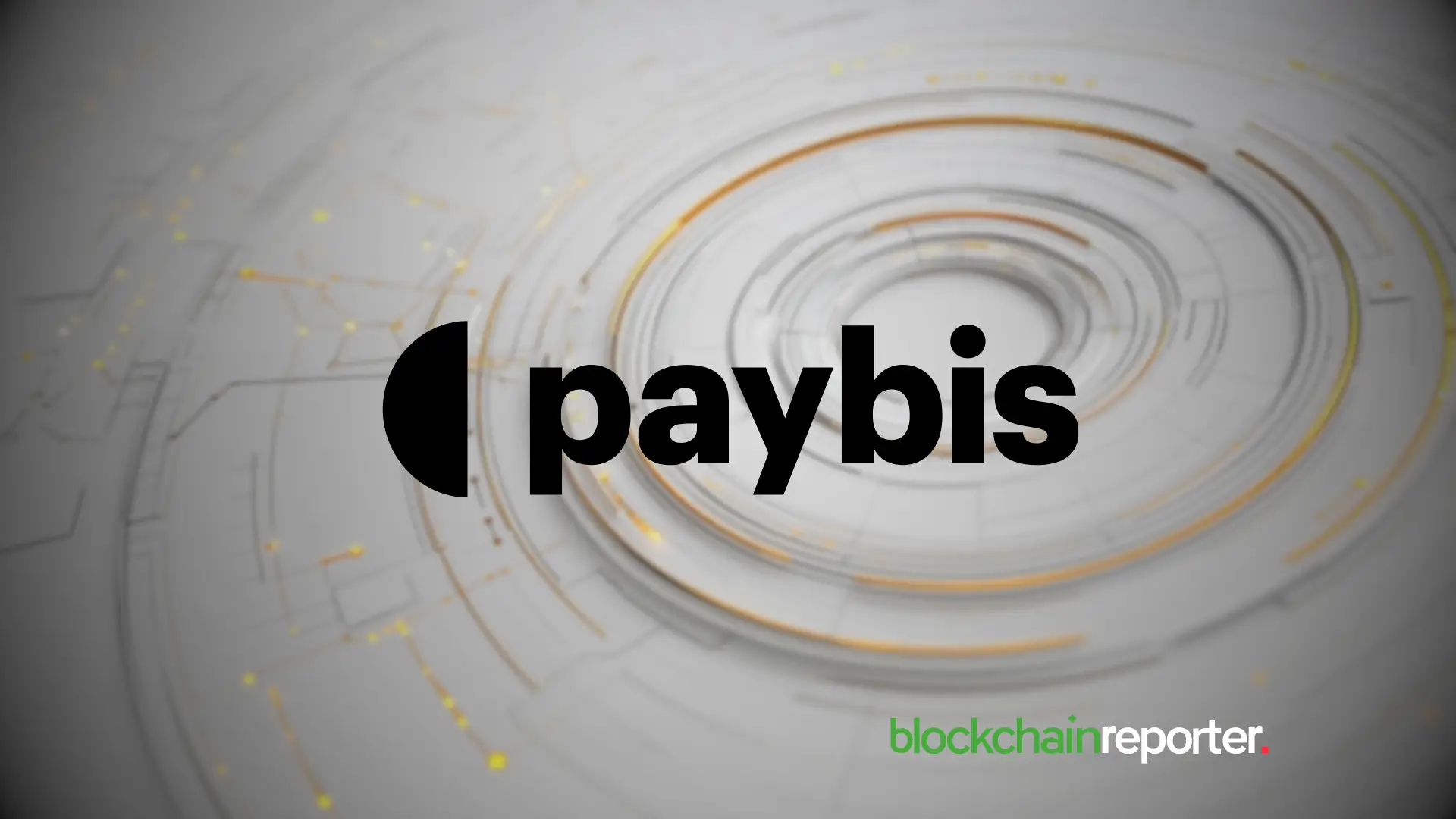
There is no doubt as to the potential of Blockchain technology. It is poised to reshape finance, government, and trust, igniting a revolution via self-custody and decentralization. Yet, as “blockchain” entered the popular vernacular and prices soared, setbacks clouded its future, challenging both trust and adoption. In 2022 alone, the staggering loss of $3.8 billion due to crypto hacks highlights the drastic state of security within this space. The situation continued in 2023, with $1.89 billion lost in 297 incidents, equating to an alarming $289,000 vanishing every hour, underlining the critical need for higher security standards. Without a working security system in place to catch the bad guys, how do we expect to onboard the next hundreds of millions of users and institutions who are risk averse?
A new technology is stepping up to save Web3. Imagine a future where AI models are trained to scan each and every transaction and find early signs of attacks. Hackers would be frustrated to see each and every of their attempts fail to elude this impermeable defense layer. That future is now. By leveraging machine learning to detect scams and hacks before they happen, preemptive incident response becomes a reality. Today, a number of projects are trying to tackle real-time security; the Forta Network was the first and leads with a decentralized approach. Hundreds of Forta agents powered by machine learning, monitor the blockchain for threats. These agents, or Forta detection bots, can be hooked up to a protocol’s pause function or other custom action and are ready to help protect users from scams and hacks. After all, what use is a public ledger of all transactions on a network if no one is watching it to spot the malicious actors?
Born from the strategic collaboration between OpenZeppelin and a16z, the Forta Network’s mission is to secure Web3 via monitoring, and by doing so enabling the ecosystem to reach its full potential. With a cryptoeconomic incentive system based on the FORT token, Forta brings together a community of developers, researchers, and security researchers to create a robust defense network and suite of solutions. Forta’s threat intelligence targets the most pressing security concerns in Web3 with advanced monitoring capabilities.
Forta’s threat intelligence subscribers are in good company with Lido, TRM, Blowfish, Hacken, OpenZeppelin, and dozens of other top projects relying on Forta data. And users have reason to trust Forta, as Forta’s threat detection systems have flagged billions of dollars in hacks in the last two years. A specific hack of note, the $197M Euler exploit, was detected before exploitation by the Attack Detector and could have been prevented.
The FORT token plays a pivotal role in the Forta Network integral to the Network’s incentive structure and governance, transforming token holders into active participants in Network resilience and effectiveness. Further, the Forta Network thrives on its community-driven governance and research, where the FORT token facilitates a rewarding ecosystem for contributors, fostering continuous development and innovation of the Network’s security measures.
Predictive monitoring powered by AI will reshape the Web3 security landscape, bringing a new era of safety and adoption. By utilizing advanced machine learning to predict hacks, cutting-edge monitoring solutions can peer into the future to identify early signs of potential threats in hacks and scams. By integrating threat detection and prevention solutions, the Web3 community doesn’t just safeguard their assets; they join forces in a collective endeavor to create a digital realm that’s not only secure but also free from scams and malicious actors. In this ideal world, Web3 flourishes, unhampered by threats, where trust and innovation drive a thriving, interconnected digital ecosystem.









